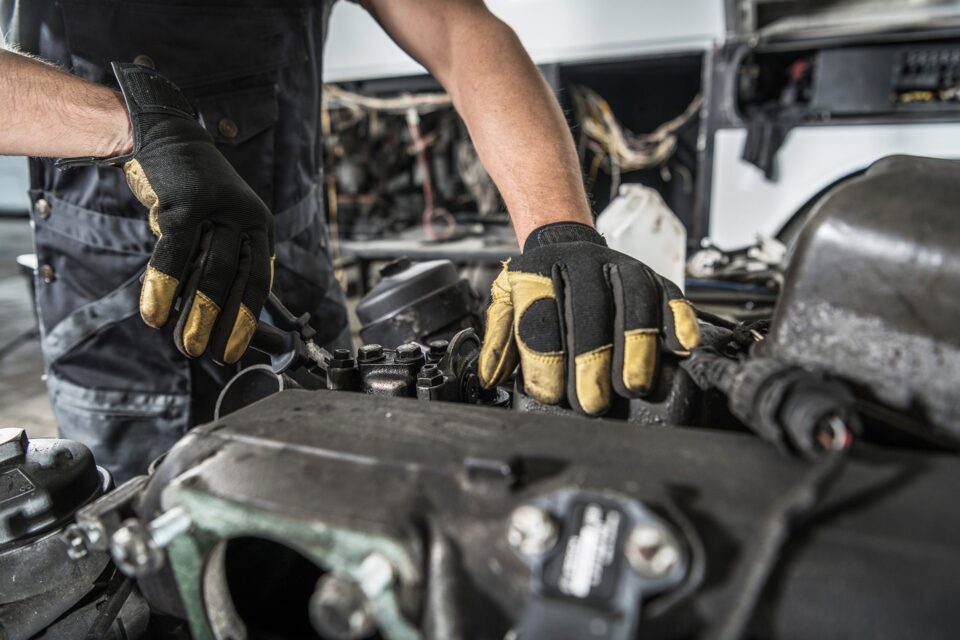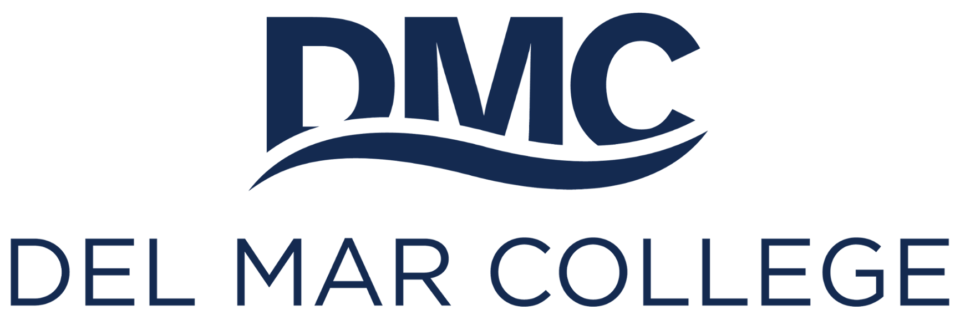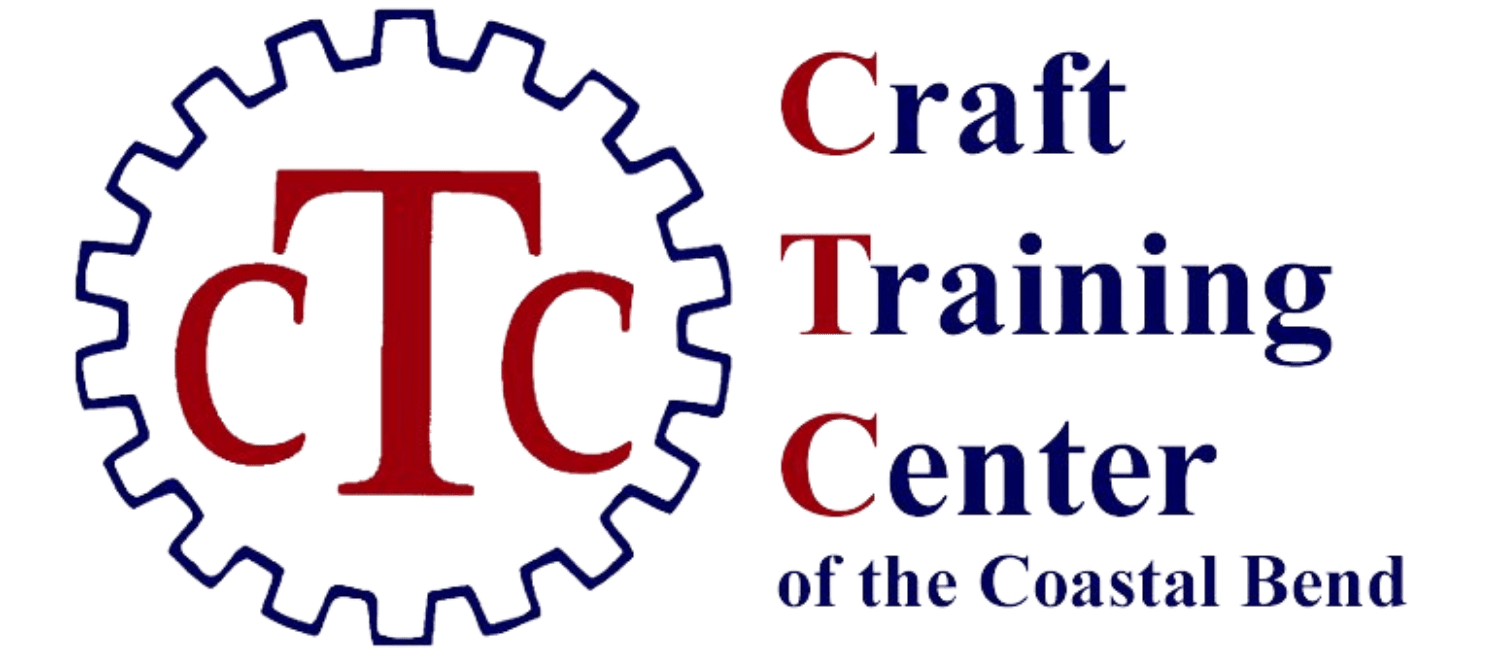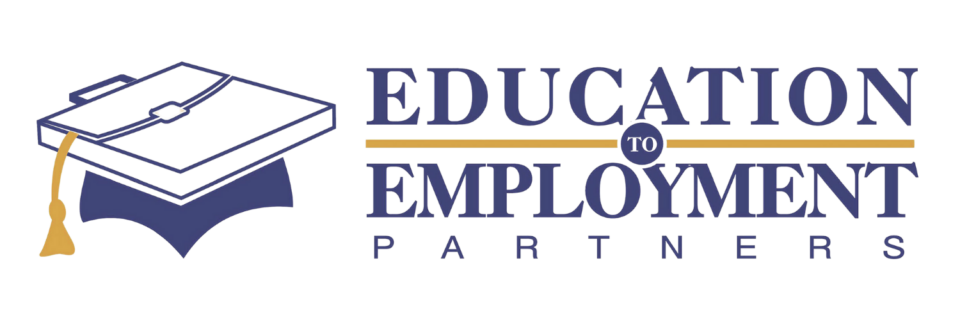Automotive Body and Related Repairers
At a glance
- Median Salary$43,122
- Local Jobs225
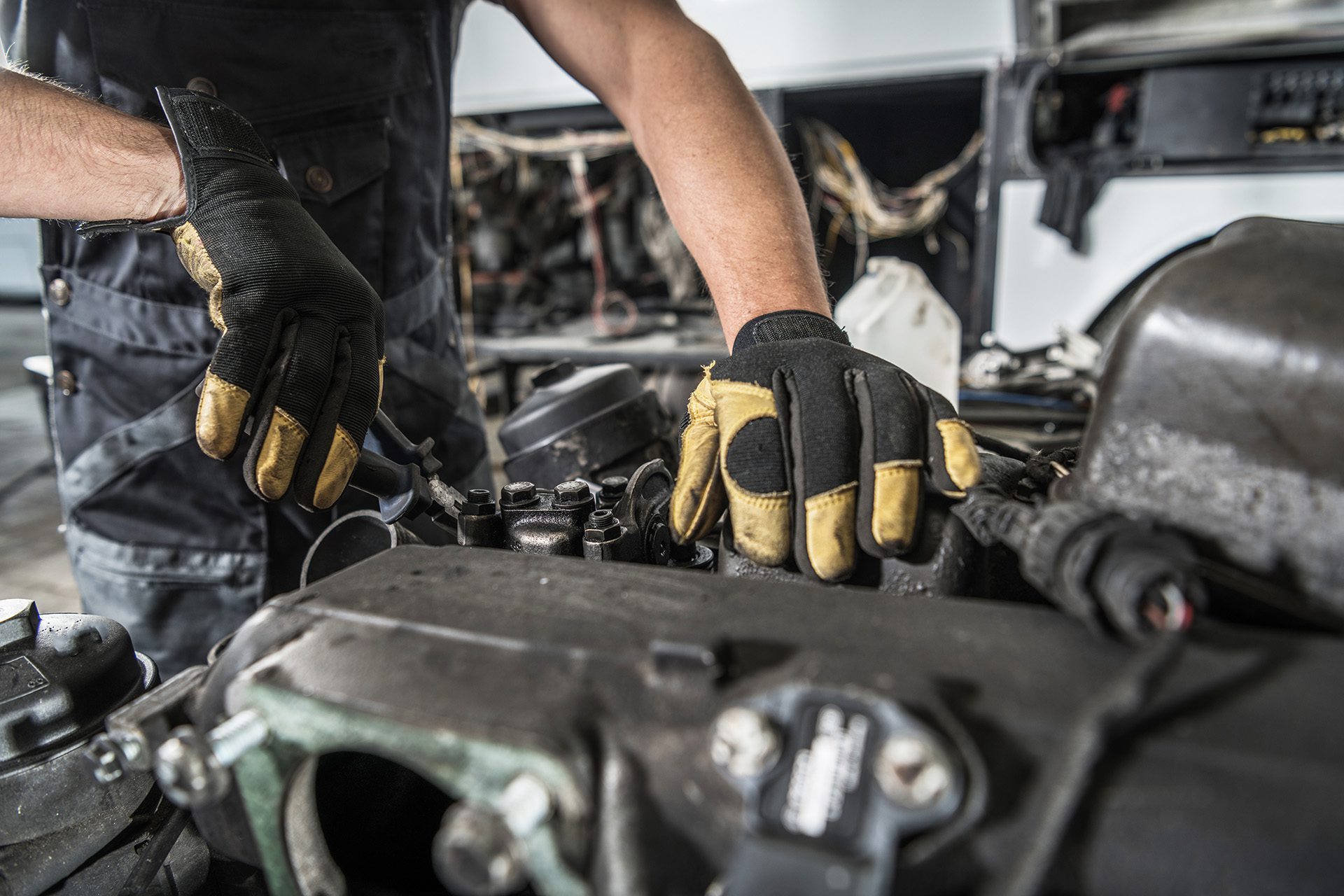
Occupation Profile
By the Numbers
Median annual earnings$43,122
Median Annual Earnings are the midpoint earned by 50 percent of workers who are the lowest paid and 50 percent of workers who are the highest paid in a particular occupationLocal Jobs225
Median Annual Earnings are the midpoint earned by 50 percent of workers who are the lowest paid and 50 percent of workers who are the highest paid in a particular occupationEntry-level educationHigh School
Median Annual Earnings are the midpoint earned by 50 percent of workers who are the lowest paid and 50 percent of workers who are the highest paid in a particular occupation
Daily Tasks
- File, grind, sand, and smooth filled or repaired surfaces, using power tools and hand tools.
- Inspect repaired vehicles for proper functioning, completion of work, dimensional accuracy, and overall appearance of paint job, and test-drive vehicles to ensure proper alignment and handling.
- Fit and weld replacement parts into place, using wrenches and welding equipment, and grind down welds to smooth them, using power grinders and other tools.
- Prime and paint repaired surfaces, using paint sprayguns and motorized sanders.
- Follow supervisors’ instructions as to which parts to restore or replace and how much time the job should take.
- Sand body areas to be painted and cover bumpers, windows, and trim with masking tape or paper to protect them from the paint.
- Chain or clamp frames and sections to alignment machines that use hydraulic pressure to align damaged components.
- Cut and tape plastic separating film to outside repair areas to avoid damaging surrounding surfaces during repair procedure and remove tape and wash surfaces after repairs are complete.
- Position dolly blocks against surfaces of dented areas and beat opposite surfaces to remove dents, using hammers.
- Fill small dents that cannot be worked out with plastic or solder.
- Review damage reports, prepare or review repair cost estimates, and plan work to be performed.
- Remove damaged sections of vehicles using metal-cutting guns, air grinders and wrenches, and install replacement parts using wrenches or welding equipment.
- Remove small pits and dimples in body metal, using pick hammers and punches.
- Remove upholstery, accessories, electrical window-and-seat-operating equipment, and trim to gain access to vehicle bodies and fenders.
- Mix polyester resins and hardeners to be used in restoring damaged areas.
- Fit and secure windows, vinyl roofs, and metal trim to vehicle bodies, using caulking guns, adhesive brushes, and mallets.
- Adjust or align headlights, wheels, and brake systems.
- Remove damaged panels, and identify the family and properties of the plastic used on a vehicle.
- Replace damaged glass on vehicles.
- Apply heat to plastic panels, using hot-air welding guns or immersion in hot water, and press the softened panels back into shape by hand.
- Clean work areas, using air hoses, to remove damaged material and discarded fiberglass strips used in repair procedures.
- Soak fiberglass matting in resin mixtures and apply layers of matting over repair areas to specified thicknesses.
Occupational Skills
Hard Skills
- Hazardous Waste Disposal
- Occupational Safety and Health Administration (OSHA)
- Painting
- Power Tool Operation
- Product Knowledge
- Production Management
- Safety Standards
- Sander (Metalworking Tools)
- Soldering
- Workflow Management
Soft Skills
- Communications
- Customer Service
- Defensive Driving
- Detail Oriented
- Good Driving Record
- Multitasking
- Operations
- Quality Control
- Team Leadership
- Valid Driver's License
Hard skills are specific, learnable, measurable, often industry- or occupation-specific abilities related to a position.
Soft skills can be self-taught and usually do not necessitate a certain completed level of education. They are essential in many industries and occupations.
Educational Programs
Diesel Engine Specialist
| Type | Credential | Hrs | Online | Financial Aid |
| Credit | AAS Degree/L1/L2 | 60/52/37 | No | Yes |
Bus and Truck Mechanics and Diesel Engine Specialists
| Type | Credential | Hrs | Online | Financial Aid |
| Credit | AAS Degree, Level II Cert, Level I Cert | 60/52/35 | No | Yes |
Automotive Service Technicians and Mechanics
| Type | Credential | Hrs | Online | Financial Aid |
| Credit/CE | AAS, L1, L2 Cert | 60/28/48 | No | Yes |
Automotive Technology AAS
| Type | Credential | Hrs | Online | Financial Aid |
| CTE | AAS | 60 | No | Yes |
Automotive Technology L2
| Type | Credential | Hrs | Online | Financial Aid |
| CTE | L2 | 45 | No | Yes |
Automotive Technology L1
| Type | Credential | Hrs | Online | Financial Aid |
| CTE | L1 | 30 | No | Yes |
Learn more aboutAutomotive Body and Related Repairers
Visit Career Coach for additional in-depth information and available training programs for this job.
